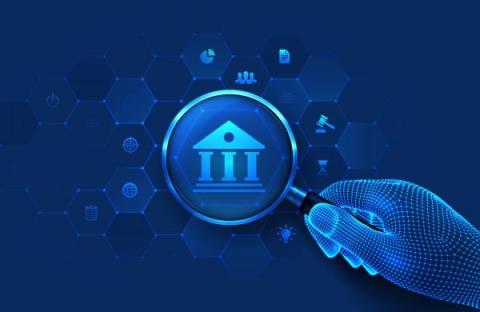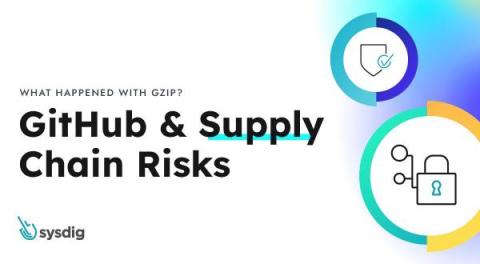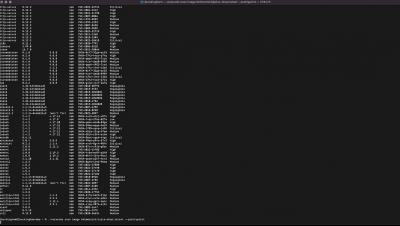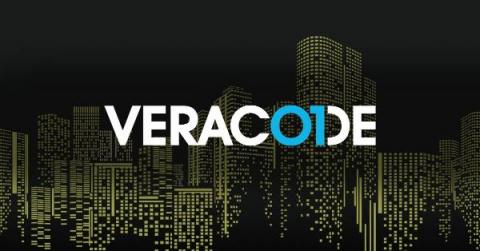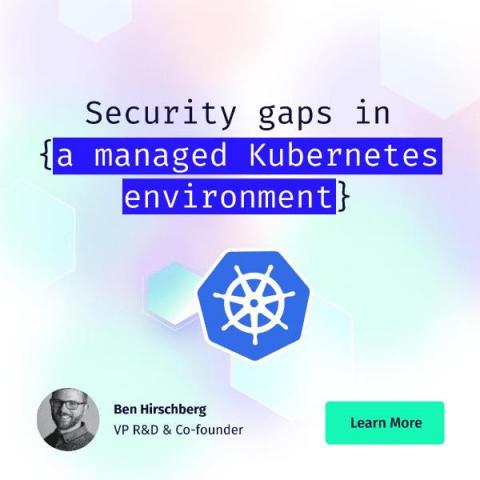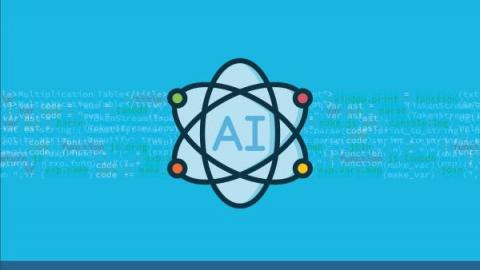The MITRE ATT&CK framework explained: Discerning a threat actor's mindset
This is part 2 of the blog series on the MITRE ATT&CK framework for container security, where I explain and discuss the MITRE ATT&CK framework. For those who are not familiar with what the MITRE framework is, I encourage you to read part 1. In my previous blog post, I explained the first four stages of the MITRE ATT&CK framework and the tactics used by adversaries to gain a foothold in the network or the environment within a containerized application. What happens next?



